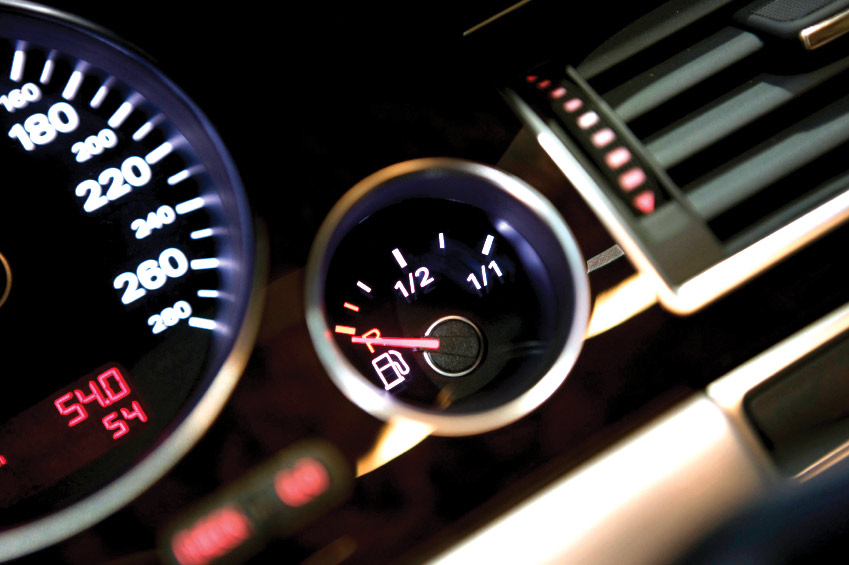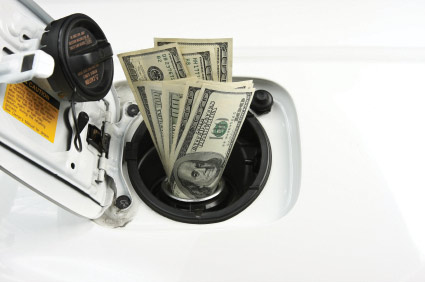 As the owner of a company, it’s basic good business practice to know and understand your profit margin and how you should assess your costs. Many times setting rates is a function of local forces—i.e., you charge what the market can bear. This can be achieved by price shopping your competitors, doing your research, and being in tune with your customers.
As the owner of a company, it’s basic good business practice to know and understand your profit margin and how you should assess your costs. Many times setting rates is a function of local forces—i.e., you charge what the market can bear. This can be achieved by price shopping your competitors, doing your research, and being in tune with your customers.
But is also boils down to your operating costs and how much your business can bear. In other service industries—e.g., restaurants and convenience stores—it is acceptable for those cash-driven sectors to sell products and services at a loss just enough to keep the business going. Big box chain retailers will often use a loss leader to entice customers to stick around a while so that they’ll buy other products that are marked up to compensate for the discounts. The transportation industry, however, does not have the luxury of being able to give things away, at least not on the same scale.
For our industry, the operating costs come down to two basic areas: the fleet and your chauffeur staff. These two factors then affect many other things down the line such as the cost of your insurance, maintenance and longevity of your vehicles, warranty, fleet turnover, and so on. In a small profit-margin industry such as ours, and with lost-cost providers chomping at the bit to undercut your business, it’s extremely important to understand your cost per mile. Many software providers will calculate these costs for you, but it all comes down to keeping accurate records of each vehicle’s service—from the time you purchase it to the time you swap it out.
The best way to look at your cost per mile is over a yearly operating basis since we are a 365-day business. Then add it all up: the cost of the monthly payment, gas, maintenance, repairs, gas mileage, insurance, permits, and chauffeur salaries. Remember, we are looking at the cost per mile of the vehicle, not the expense of the office, advertising, or labor other than the person driving the vehicle. Once the cost per trip is determined, you can budget properly and build in a profit margin. This may also help when deciding on a new vehicle purchase; although the costs will be estimated, one vehicle may clearly trump another.
"Many software providers will calculate these costs for you, but it all comes down to keeping accurate records of each vehicle’s service."Without doing a complete analysis of any one business—yours is unique—let’s look at some areas where you might be sacrificing profit. Every vehicle in your fleet will have a different cost per mile because each has its own average gas mileage (which will change over the life of the vehicle), cost of ownership, maintenance schedule, and insurance. If your vehicles are regularly assigned to a chauffeur, his driving patterns can affect all these other criteria. Your costs will be specific to your service, so don’t just guess based on what your fellow operators are doing.
 Then there are the free upgrades, such as to an SUV at no extra cost because you oversold your lower-cost sedans. You might be surprised at how a complementary upgrade can impact your bottom line. If it’s infrequent to fill an immediate need, then that’s just good thinking on the fly. But do you have a record of how many times a higher-cost vehicle was sent in its place at the lower rate? This can really add up in short order. If you do this too often then you either aren’t using enough of the right vehicles for your business model or your staff is ineffectively booking trips at rates that aren’t sustainable. Like your deep-discount competitors that live by quick cash rather than the cost-per-mile model, you won’t be able to maintain your business without cutting elsewhere—possibly risking your legality.
Then there are the free upgrades, such as to an SUV at no extra cost because you oversold your lower-cost sedans. You might be surprised at how a complementary upgrade can impact your bottom line. If it’s infrequent to fill an immediate need, then that’s just good thinking on the fly. But do you have a record of how many times a higher-cost vehicle was sent in its place at the lower rate? This can really add up in short order. If you do this too often then you either aren’t using enough of the right vehicles for your business model or your staff is ineffectively booking trips at rates that aren’t sustainable. Like your deep-discount competitors that live by quick cash rather than the cost-per-mile model, you won’t be able to maintain your business without cutting elsewhere—possibly risking your legality.
Many operators use a company vehicle to run errands or as a personal car. Some will allow chauffeurs to take vehicles home overnight, which can often lead to extra miles not accounted for. This could go one of two ways: the chauffeur may live closer to the following day’s pickup location, thus saving needless miles back to headquarters, or the vehicle could be put at increased risk for damage if parked outside your lot or garage. It may even drive up insurance costs, in which case you just created a new expense. This also puts the vehicle at risk of a shorter life expectancy through extra miles that aren’t being driven to produce a profit. These are areas where you can rein in costs.
"Determining your cost per mile also has other benefits. If you are keeping detailed records, patterns may emerge."Perhaps the biggest expenditure in determining your cost per mile is labor. This is where things get a little more complex because it’s not always black and white. If you pay your chauffeurs different hourly rates, then this needs to be factored in for each vehicle he drives. One chauffeur over another may be more expensive, but is he consistently upgrading with last-minute add-ons or capturing client referrals? It may be cost effective to put a higher-paid chauffeur in a vehicle that has a better profit margin, or you may determine that you aren’t able to use certain chauffeurs frequently. What about insurance? Does your best chauffeur, the one who is beloved by your best customers, outweigh the increased premiums because he had a fender bender two years ago that you are still paying for? Don’t forget to include any benefits that you may pay to your chauffeur staff, like health insurance.
 Before you even purchase your next fleet addition, you should already have a good idea how far you will drive each before it’s time to replace it with something newer or different. Some companies turn their fleet more frequently because of the warranty, the needs of their clientele, or other factors. Every business model is different; don’t look at another business because you will need to crunch the numbers on your own fleet. A service in a smaller city may determine that purchasing and running 3-year-old vehicles is best for the bottom line, while you may determine that only the latest model year will do for your picky clients. Knowing how long you plan on keeping each vehicle will help you maximize the profit on the vehicle and possibly give you a nice trade-in value at the end.
Before you even purchase your next fleet addition, you should already have a good idea how far you will drive each before it’s time to replace it with something newer or different. Some companies turn their fleet more frequently because of the warranty, the needs of their clientele, or other factors. Every business model is different; don’t look at another business because you will need to crunch the numbers on your own fleet. A service in a smaller city may determine that purchasing and running 3-year-old vehicles is best for the bottom line, while you may determine that only the latest model year will do for your picky clients. Knowing how long you plan on keeping each vehicle will help you maximize the profit on the vehicle and possibly give you a nice trade-in value at the end.
"It may be cost effective to put a higher-paid chauffeur in a vehicle that has a better profit margin."Determining your cost per mile also has other benefits. If you are keeping detailed records, patterns may emerge. A drop in average gas mileage may indicate that the chauffeur is idling excessively or has a heavy foot, or that there is a serious problem that needs to be addressed. It may mean a refresher training course for the chauffeur or a trip to the local dealership to replace the plain worn-out vehicle. There will come a time when the vehicle will cross the threshold from low-cost customer option to too costly to keep in the fleet.
As the cost of business is going up thanks to increased government regulation, labor, and many other factors, it’s an important business exercise to know your operating costs so you can pay your bills and yourself. It’s imperative that it’s examined frequently and repeated whenever you make any major changes to your fleet. Tightening up your profit margin even a little will go a long way in helping you realize your long-term business goals.
[CD0213]
David Hartson is a longtime industry consultant and the West Coast editor for Chauffeur Driven. He can be reached at dhartson@aol.com.

